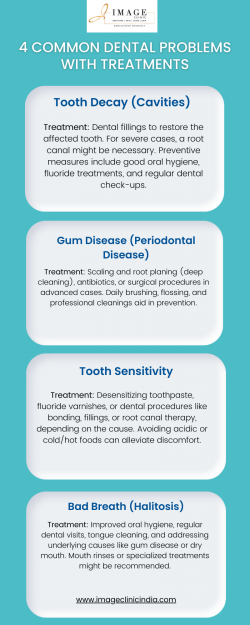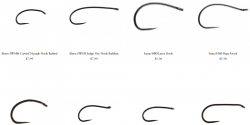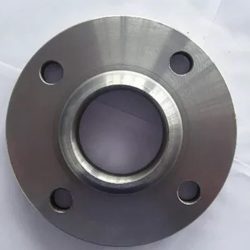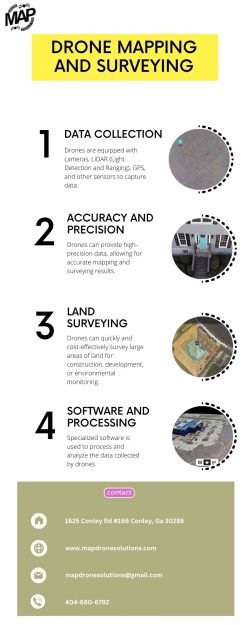Choosing Between Single-Stage and Multi-Stage Centrifugal Pump for Your Needs
How Do Single-Stage Centrifugal Pumps Operate?The Basics of Single-Stage Pump Design
Single-stage centrifugal pumps are designed for direct water transfer in low-pressure applications. They typically comprise a single impeller that transfers energy from the motor to the fluid. The relatively straightforward operation results in efficient performance, making them suitable for various industrial tasks. These pumps leverage an impeller to create centrifugal force, pushing the liquid outward through the pump casing.
Applications Suited for Single-Stage Pumps
Single-stage pumps find their application in water treatment, irrigation, and many industrial sectors. Their ability to effectively handle clean liquids with low viscosity makes them popular in scenarios requiring straightforward fluid transfer. For example, they are often utilized for filling tanks, boosting pressure, and operating in cooling systems, demonstrating their versatility across multiple environments.
What are Multi-Stage Centrifugal Pumps?Key Features of Multi-Stage Pumps
Multi-stage centrifugal pumps consist of multiple impellers stacked in series, significantly increasing the fluid’s discharge pressure. This setup allows them to achieve higher heads, which is crucial in applications requiring the transportation of liquids over long distances. The configuration can adapt to various operational needs, providing flexibility for different projects.
Typical Uses for Multi-Stage Pumps
These pumps are frequently deployed in boiler feed systems, reverse osmosis units, and other applications demanding high pressure. Industries utilizing multi-stage pumps include petrochemical, water supply, and hydrocarbon processing. Multi-stage configurations enhance the pump’s ability to handle higher flow rates and pressures, making them indispensable in demanding processes.
What Are the Differences in Energy Efficiency?Energy Consumption Comparison
Energy efficiency varies significantly between single-stage and multi-stage centrifugal pumps. Generally, multi-stage pumps are more efficient in high-pressure applications due to their design, which minimizes energy loss in longer transportation tasks. Single-stage pumps typically consume less energy when used in valid head applications, where the fluid dynamics involve lower pressure requirements.
Long-term Cost Implications
While multi-stage pumps may initially require a higher investment, their efficiency often leads to cost savings on energy over time. This can result in a more effective cost management strategy in the long run. Conversely, single-stage pumps, with their lower upfront costs, can be more financially viable for smaller or less demanding operations.
How to Determine Maintenance Needs?Maintenance Requirements for Single-Stage Pumps
Single-stage pumps generally require less maintenance due to their simpler design. Regular inspections, lubrication, and occasional seal replacements are usually sufficient to keep these pumps operational. However, it’s essential to monitor performance issues for optimal longevity.
Maintenance Complexity of Multi-Stage Pumps
Multi-stage pumps can have more complex maintenance needs owing to their multiple components. Regular maintenance may involve disassembling the pump to access inner impellers and ensure proper operation. While they might require more frequent inspections, these actions can prevent costly downtimes caused by unexpected failures.
When Should You Choose a Single-Stage Pump?Ideal Scenarios for Single-Stage Selection
Consider a single-stage centrifugal pump when dealing with situations that involve low pressure and high flow rates. These pumps are particularly ideal for tank filling, irrigation, and other applications needing straightforward pumping capabilities. Recognizing these scenarios will ensure operational efficiency within your systems.
Case Studies & Examples
Various industries have effectively implemented single-stage pumps, achieving operational success in applications like water supply systems and light industrial processes. For example, a local irrigation system used these pumps for efficient water distribution in agriculture, showcasing their practicality in real-world settings.
Why Opt for a Multi-Stage Pump?Situations That Favor Multi-Stage Solutions
Multi-stage centrifugal pumps are favored in instances demanding higher pressure and varying flow rates. When transportation of liquids occurs over long distances or when systems require significant pressure increases, these pumps become crucial. Their versatility makes them suitable for complex industrial applications.
Success Stories & Instances
Numerous successful projects have highlighted the effectiveness of multi-stage pumps in various industries. In the petrochemical field, these pumps efficiently transport crude oil across great distances, illustrating their robust performance and reliability under significant operational conditions.
Where Can You Find Reliable Centrifugal Pumps?
Searching for reliable centrifugal pumps can lead you to reputable manufacturers such as Yantai Longgang Pump Industry, which provides a wide range of products tailored to various pumping needs. Their Services offer valuable insights into suitable products and maintenance strategies for optimal performance.
What Factors Influence Your Decision?Performance Requirements
Understanding the performance requirements of your application is fundamental in choosing between single-stage and multi-stage pumps. Factors such as pressure needs, flow rate, and the type of liquid being pumped will dictate the appropriate choice.
Space Constraints and Installation Considerations
Space limitations can also play a crucial role in your decision-making process. Single-stage pumps typically require less space due to their simpler design, while multi-stage pumps might necessitate more careful planning for installation due to their complexity. Evaluating your site’s specifics can help streamline the installation and operational planning processes.




















































